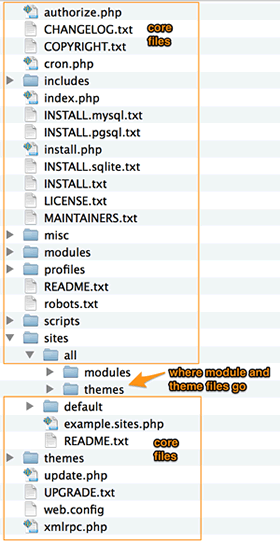I’m the sentimental type that takes a new year very seriously. There is something about the natural pause at the holidays that makes goal-setting, planning, and otherwise organizing seem so natural.
I did not make goals for 2018. As 2017 turned into 2018 I was preoccupied with recovering from the trauma associated with a life-threatening medical complication during my pregnancy only to have my February due date child born just a few days into 2018. On a day when I had no less than seven meetings scheduled!
The biggest thing I learned from not setting goals is that when you don’t have goals established, you don’t have guideposts to help you systematically evaluate your situation in order to make changes. It’s impossible to tell whether you’ve succeeded or failed and all too easy to assume that you must be a failure.
And I did. In my mind I was one big massive failure.
For the first time in my life I wasn’t able to put all of my extra time into making sure everything I did professionally was absolutely perfect. To me, every little flaw was magnified, compliments were ignored, anything that might be an accomplishment wasn’t recognizable. I lost my confidence. I was a failure, or so I felt.
By any other year’s standards, professionally, I was a failure. In 2018 I built fewer websites than I have since I began working professionally as a web developer, I spoke in public only once – a repeat talk at my local meetup, I had a hard time keeping up with the developments around CSS grid, Gutenberg, the GDPR, and JavaScript. I became isolated: I went to only two meetings of the WordPress team that I’d led through the end of 2017 and my attendance at conferences or other meetups and trainings was at an all time low.
The thing is though… I wasn’t a failure. Not even close.
I very suddenly became the parent of a late-preterm baby who needed extra special care in the NICU and then, just when things were starting to seem “normal”, that pesky life-threatening issue I’d had during pregnancy came back and I needed to have surgery again.
2018 was an exceptional year. In spite of the fact that I was learning how to be a parent, that I was in a significant amount of pain for a large portions of time, and that I was recovering from trauma, my business and my skills didn’t die. I let go of my unpaid commitments and I maintained my skillset through the work I was doing. It wasn’t until recently that I could see it: in spite of very difficult life circumstances I remained committed to my existing clients, I worked hard on their behalf, I added a few new clients, and I made enough money to stay self-employed.
Did I spend lots of time volunteering on open-source projects? Did I build new skills in my free time? Did I push myself professionally? No, I absolutely did not. And that is OK. My life demanded other things from me in 2018. Sometimes life happens instead of ambition. Health and loved ones, those key components of life, are always going to be more important.
I am not preoccupying myself with all of the hard things that happened: they happened and they are over. It’s my job to live and dream now, both personally and professionally. For 2019, I am making goals again. They are across a range of categories:
- environmental
- family
- financial
- health
- personal
- professional
- relational
One of my most important learnings from this last year is that ambition shouldn’t be confined just to professional, public pursuits. I’ve always made goals in other categories, but the professional goals tended to push out goals like “read x number of books” or “exercise 3-4 times per week.” In the moment, I’d prioritize hitting a client deadline over reading before bed. While this can make sense in certain situations, this choice became my default.
The flight attendants are right though: you need to put on your own oxygen mask before putting masks on others. I know that if I don’t fuel myself up with good food, exercise, time with my family, and time to relax, I won’t be of much use to my friends, clients, and family. That recharge is important. If I’ve got it, I can be efficient with my work. If I’m not coming from a place of healthfulness and calm, I won’t work as well.
And so, in 2019, I’ll have benchmarks established to be able to see if I am moving forward in the way I’d like to in ALL aspects of my life. This way, in six months I’ll be able to tell if I’m making progress towards these benchmarks or not. I’ll be completely happy with unmet goals if I can see why they couldn’t or shouldn’t have happened. The goals aren’t there to be achieved, they are there to establish a path that very well may change along the way. In the end, it’s the path that is important, I just need to make sure that the path is leading somewhere.


